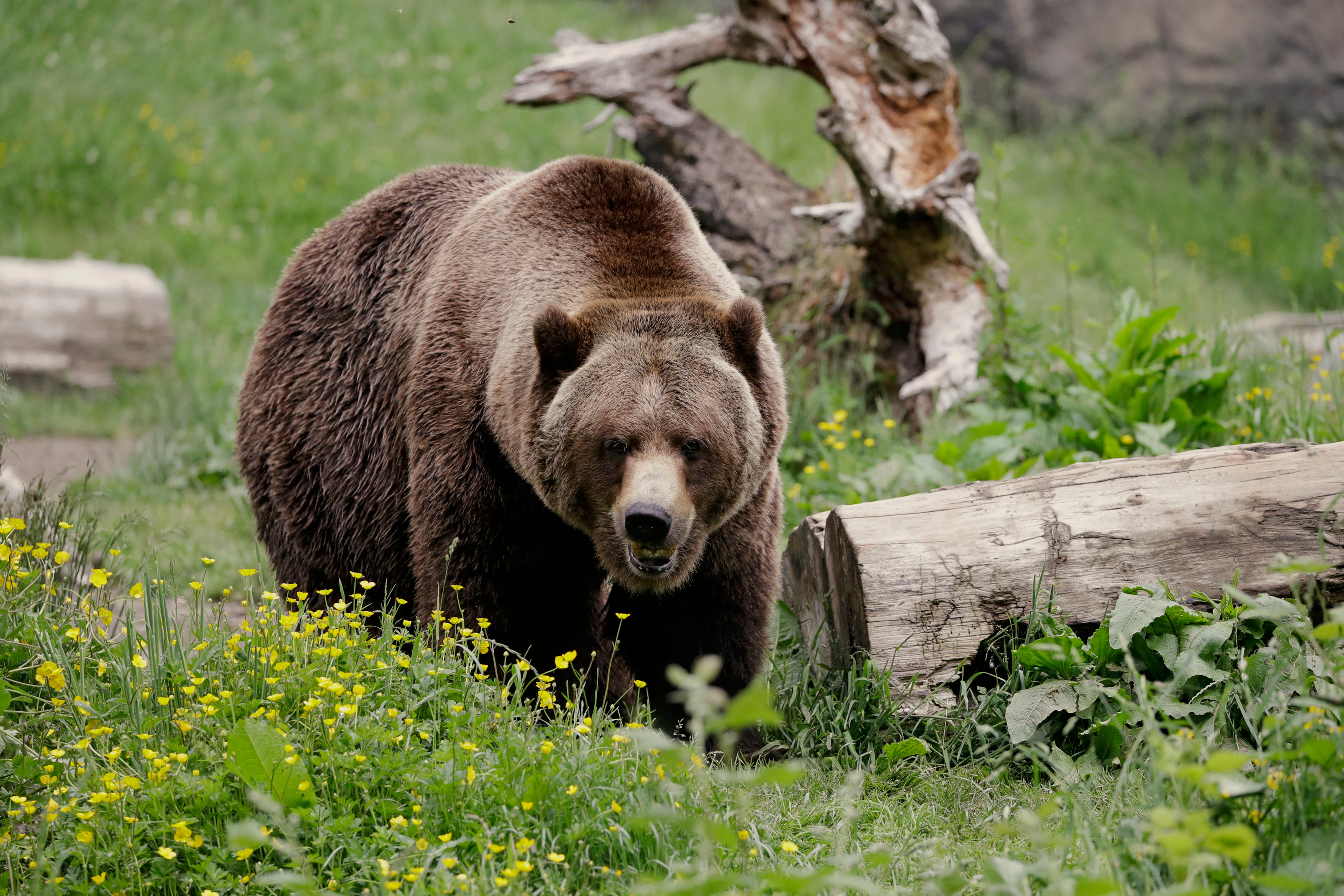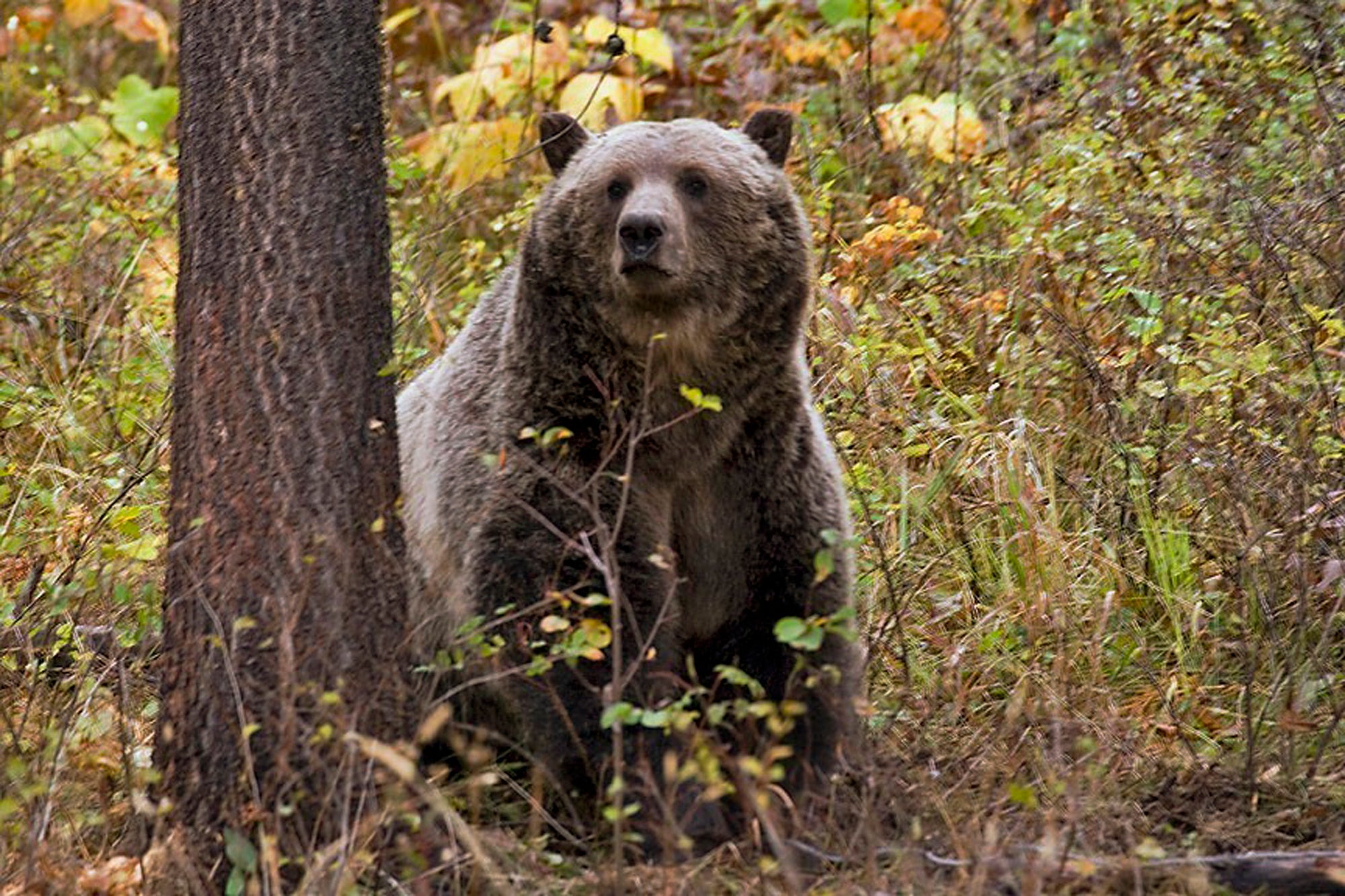America saved the grizzly bear from extinction. Now, they are invading backyards and main streets
Grizzly bear population in US has nearly trippled in last 50 years, causing friction with their human neighbors
Your support helps us to tell the story
From reproductive rights to climate change to Big Tech, The Independent is on the ground when the story is developing. Whether it's investigating the financials of Elon Musk's pro-Trump PAC or producing our latest documentary, 'The A Word', which shines a light on the American women fighting for reproductive rights, we know how important it is to parse out the facts from the messaging.
At such a critical moment in US history, we need reporters on the ground. Your donation allows us to keep sending journalists to speak to both sides of the story.
The Independent is trusted by Americans across the entire political spectrum. And unlike many other quality news outlets, we choose not to lock Americans out of our reporting and analysis with paywalls. We believe quality journalism should be available to everyone, paid for by those who can afford it.
Your support makes all the difference.The grizzly bear, long an icon of American’s Mountain West, has bounced back since being placed on the endangered species list in 1975, with at least 2,000 roaming the country.
The population growth is a major conservation success, so much so that the bears were removed from the list in 2017, but the increase means that humans and bears are encountering each other more often.
The apex predators, which can top 500 pounds, seem increasingly comfortable across a range that’s grown to some 27,000 miles—a development that’s put them in new and dangerous situations, as well as their human counterparts, who’ve experienced burglarized homes, dead livestock and personal injury.
Now, because of the alarming spike in encounters, states such as Idaho, Montana and Wyoming are pushing federal wildlife managers to remove the grizzly’s protected status and allow hunters to target the famous species.

“They need to be scared of us,” raft guide Samantha Justice, who carries a rifle when she goes into the woods in the region, toldThe Wall Street Journal.
In Cody, Wyoming, rancher Bridget Gallgher told the paper she’s had to put up an electric fence to keep grizzlies from entering her corn fields, where wildlife managers trapped four bears last year.
“I do a lot of praying,” she said.
As recently as the early 1990s, bears were responsible for about 50 human-animal conflicts each year, a figure that’s risen to more than 400 in recent years, according to the Journal.
Over the July 4 holiday, a hiker in Montana’s Glacier National Park had a close encounter with a grizzly.
“I took out my bear spray, got low and backed away slowly from the bear,” Amanda Wylie said on social media. “I talked to him nice and once I felt a safe enough distance away, I got my phone out to record, wondering if these would be my last moments.”

Video of the interaction shows her telling the creature, “You’re OK. Please don’t come here. Thank you. Please go.”
“It eventually shook his body, which let me know I could relax a little,” she explained. “Once he turned away, I rejoiced, knowing I would live to see another day and have an amazing encounter story to share.”
The previous month, across the border in Canada, a rare white grizzly and its two cubs were involved in two car accidents.
In May, a grizzly bear at Grand Teton National Park sent a man to the hospital.
Last year, wildlife officials euthanized a grizzly that broke into a home in Montana and killed a female hiker near Yellowstone in July 2023.
In September of 2023, a hunter suffered a series of injuries after being mauled in Montana by a grizzly, prompting officials to partially close Custer Gallatin National Forest.

Join our commenting forum
Join thought-provoking conversations, follow other Independent readers and see their replies
Comments